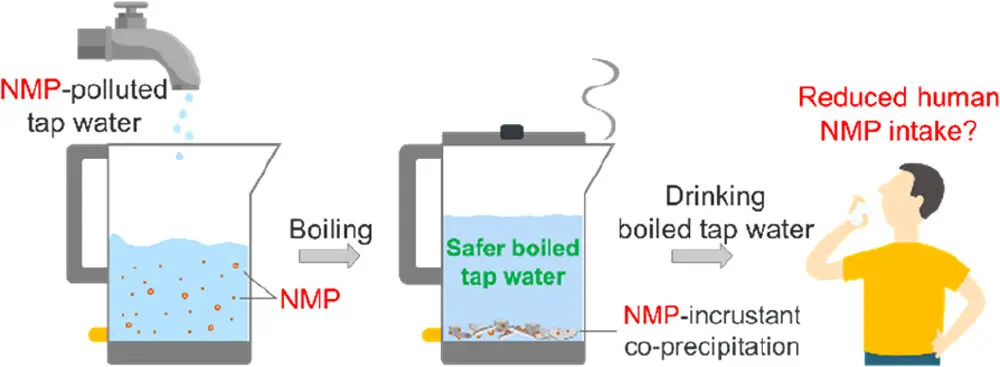A groundbreaking study has revealed that boiling and filtering tap water can significantly reduce the presence of microplastics and nanoplastics. Given the increasing concern over plastic pollution in drinking water, this discovery offers a practical and accessible method to improve water quality at home.
The Science Behind Boiling and Filtering
Researchers found that boiling tap water, particularly water with high calcium content (commonly known as hard water), was highly effective at removing microplastics. In samples containing 300 mg of calcium carbonate per liter, up to 90% of microplastic particles were eliminated.

The process works by encouraging the formation of calcium carbonate deposits, which trap microplastic particles. Once the plastic-laden crust forms, it can be filtered out, leaving cleaner drinking water.
In contrast, soft water (which has lower mineral content) showed a lower removal rate, filtering out only about 25% of microplastic particles. This difference highlights the role of minerals in facilitating the purification process.
Health Risks of Microplastics
Microplastics—tiny plastic particles from sources such as packaging, synthetic textiles, and personal care products—have been linked to various health concerns. Studies suggest they may contribute to conditions like diabetes, stroke, and even neurodegenerative diseases by disrupting cellular functions and causing inflammation in the body. Given their pervasiveness in food, air, and water, finding effective removal methods is critical for public health.
Implications and Recommendations
Scientists behind the study recommend widespread adoption of this simple technique to enhance drinking water safety. Boiling hard water before consumption, followed by filtration, offers a low-cost and accessible way to mitigate microplastic exposure. However, for areas with soft water, alternative strategies such as adding calcium-based filters or using advanced filtration systems may be necessary for optimal results.
Conclusion
The discovery that boiling and filtering water can drastically reduce microplastic contamination is an encouraging step toward improving water safety. With growing concerns about the health impacts of microplastics, this method provides an easy, cost-effective solution that could be implemented in households worldwide. As further research explores additional strategies, simple techniques like this may play a key role in reducing plastic exposure and promoting better health outcomes.